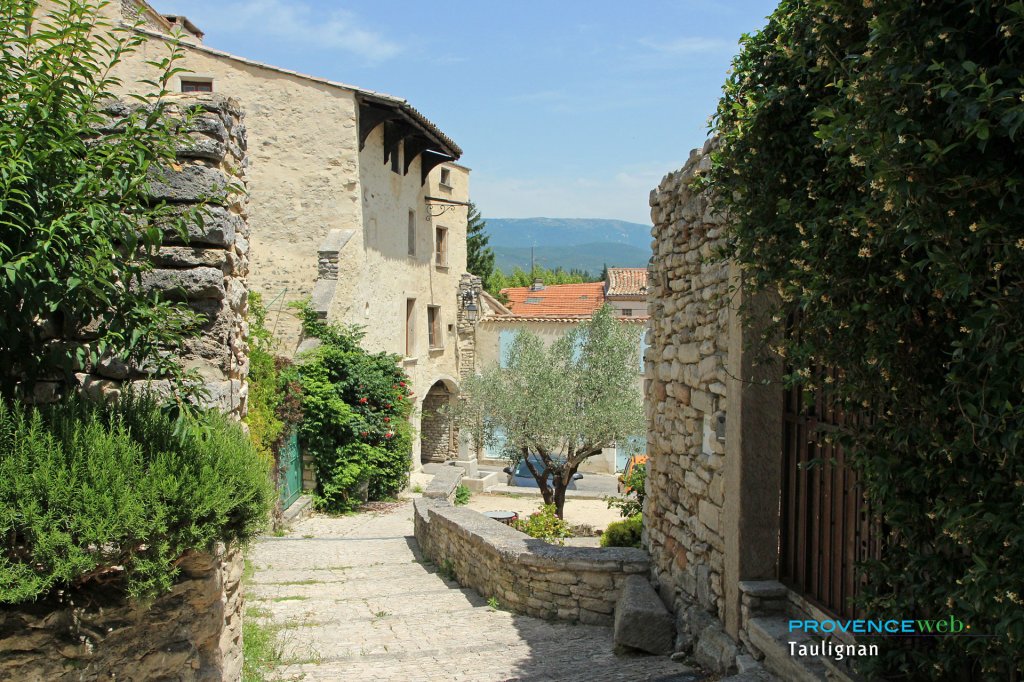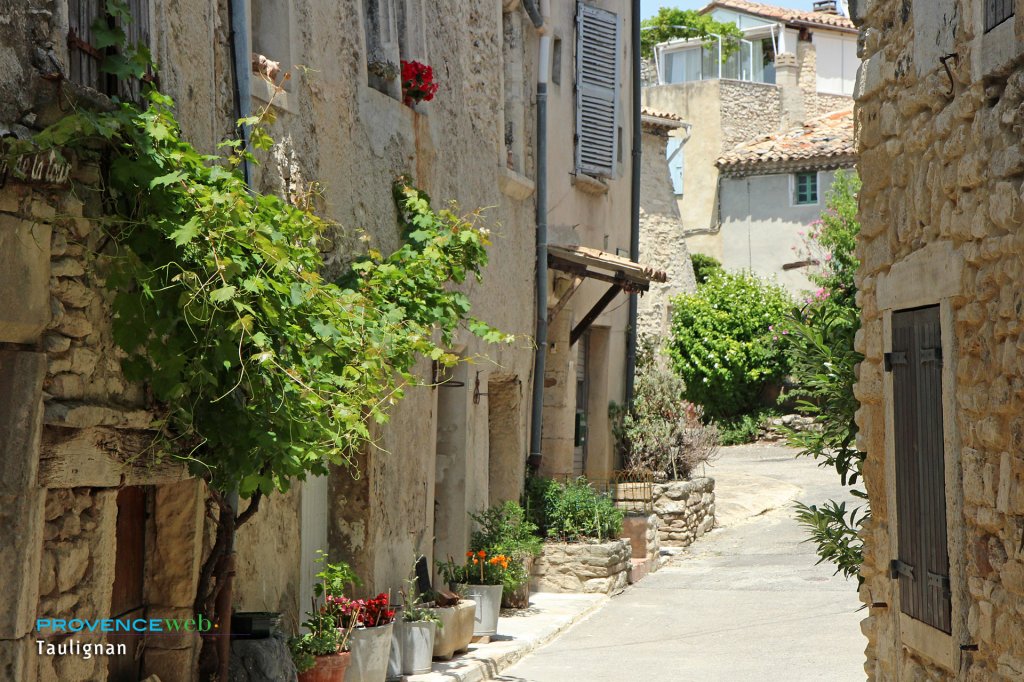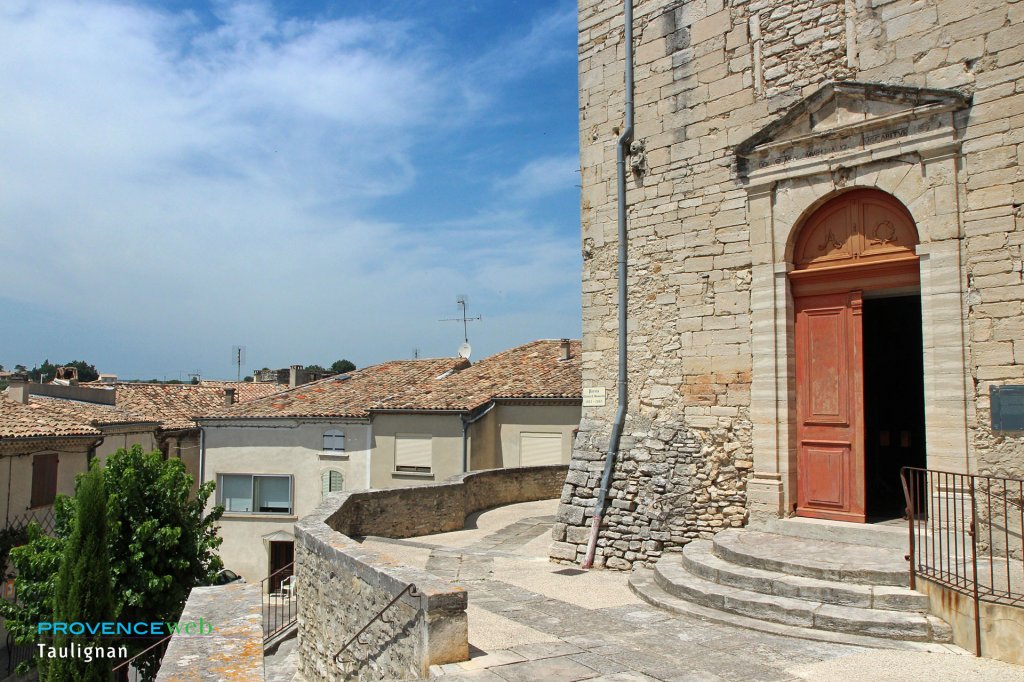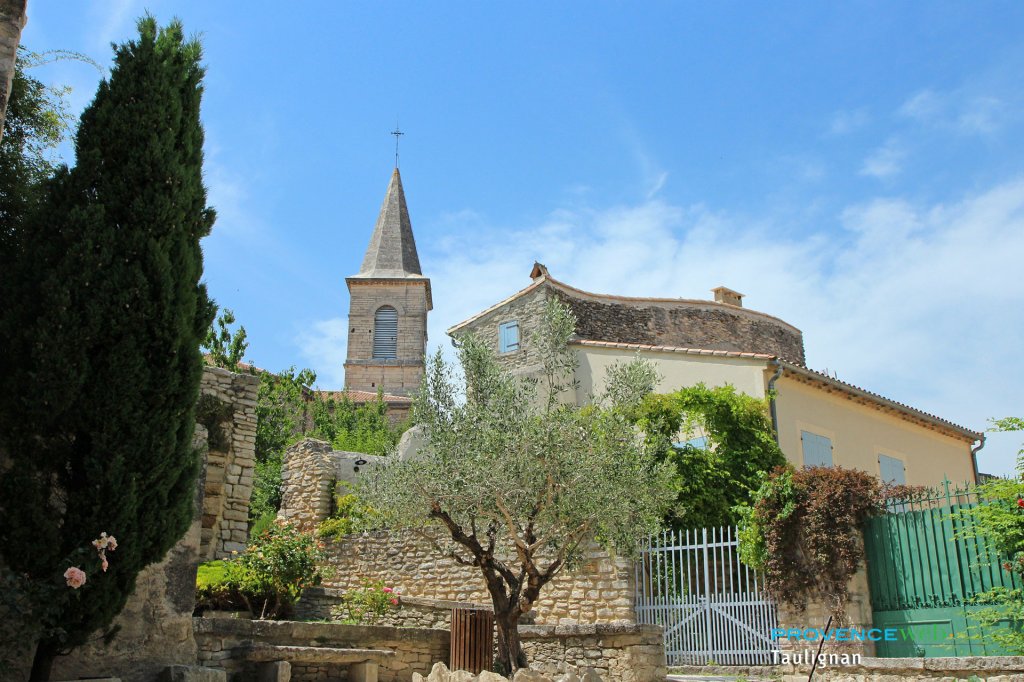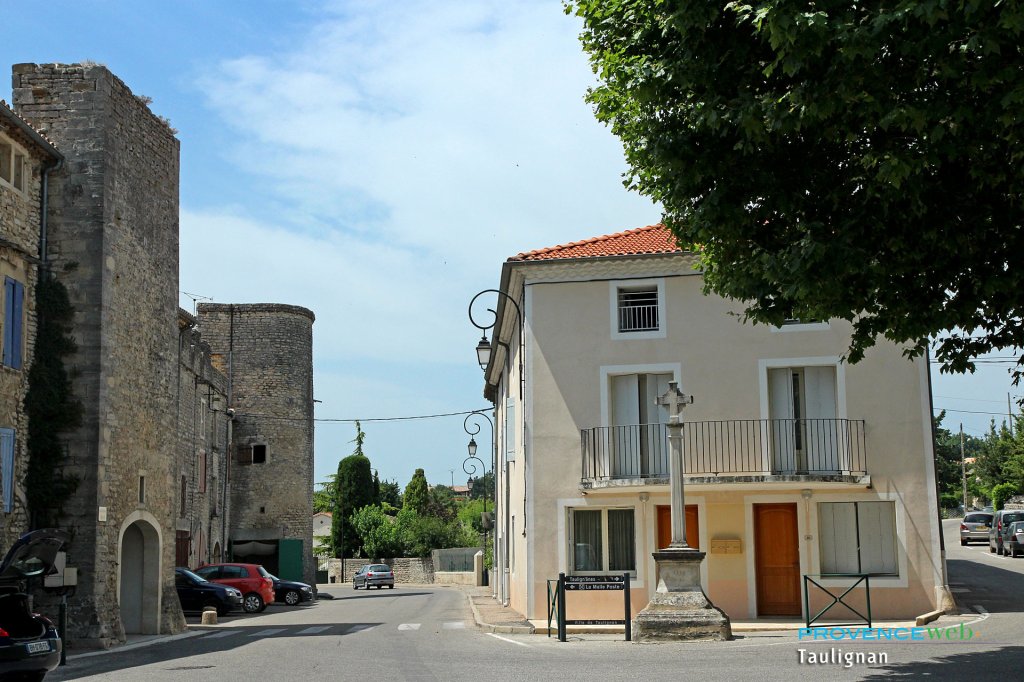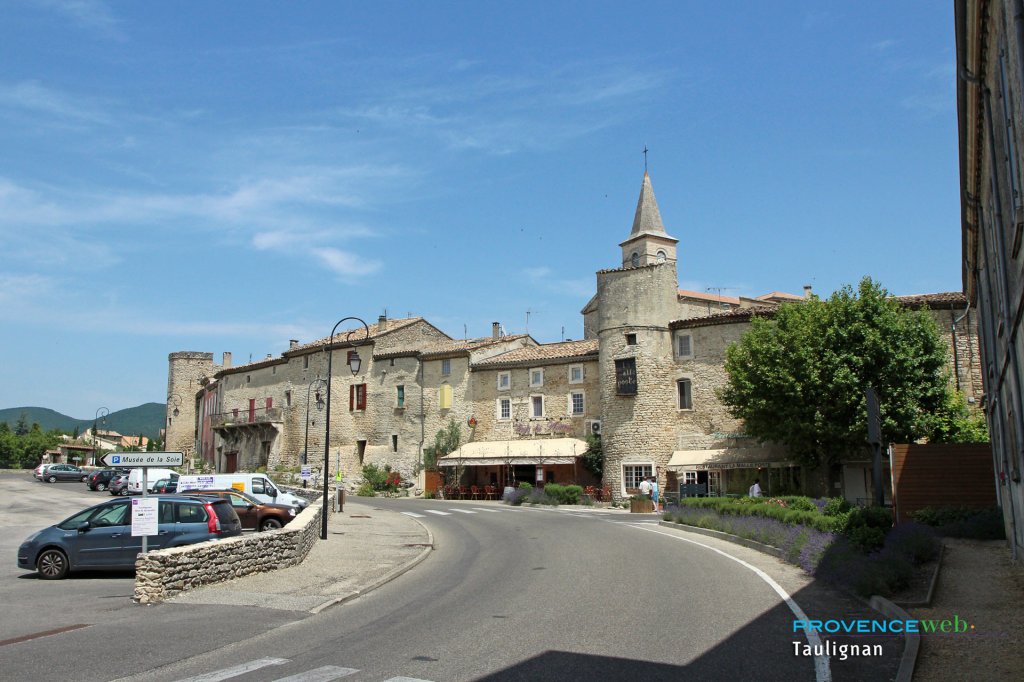Taulignan
Discover the nice village of Taulignan
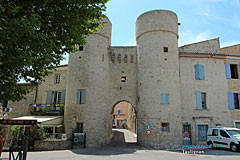
Taulignan was a stronghold of the Mantaubans in the 12th century, and fortified in the 13th century. It still looks magnificent, with its 700 metres of defensive walls punctuated by eleven circular towers still in good condition, an impressive entrance gateway flanked by two towers, a look-out post and a few machicolations linked to the path round the battlements.
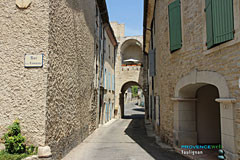
After parking on the huge square in front of the mairie, shaded by plane trees and lime trees so typical of Provence, you can enjoy a delightful stroll around the small medieval quarter which has kept the ancient street names: Rue de l’église, Grande rue, Rue des fontaines and Porte d’Anguille...
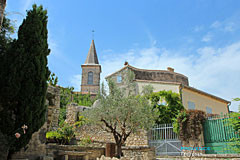
Walk along these narrow streets that climb and then descend, with grey façades brightened by blue shutters, or yellow with green shutters, pass underneath a stone archway or walk past old abandoned half-collapsed houses, and eventually you will arrive in front of the beautiful imposing church, with its Romanesque belltower pointing to the sky and its time-worn white stone walls.
The History of Taulignan
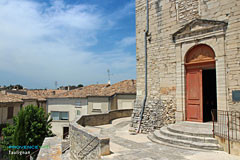
History lovers will be interested to learn that the last "lady of the manor" at Taulignan, which in the 12th century was a seigneury belonging to Bertrand de Taulignan, was Nicole de Lamoignon de Senozan, Malesherbes' sister. She was emprisoned at the "Conciergerie" with her friend Élisabeth de France, and she too ended up on the scaffold in May 1794.
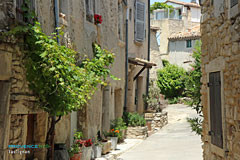
This was the same year in which the "Convention" gave the order to demolish the castle. The streets that today follow the circular shape of the ramparts originally wound around the castle.
Contrary to the legend, the vaulted room now houses the wash-house has never been the guard room of the castle, it was excavated and built in 1878, well after the destruction of the castle.
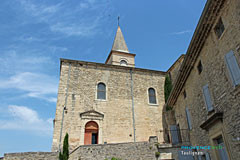
You will find complete information on the website of the association lesonzetours.fr "the Eleven Tours" that tries to highlight the heritage of Taulignan.
In the 19th century Taulignan was a prosperous village, thanks to silk "throwing" which employed more than 400 people. Don't forget to visit the Silk Museum, where you will discover how silk was made, from the silk-worm to the luxury fabric we are familiar with.
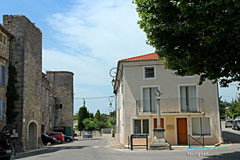
To the east the village is overlooked by La Lance mountain, and to the north lie the woods of Taulignan, where walkers can enjoy shady footpaths, particularly agreeable on hot days.
Don't leave Taulignan without trying the local nectar of the Gods, a well-known "Côtes du Rhône", which is an "Appellation d’Origine Contrôlée" if you please !
What to see
Ramparts (13th/16th century, fortified gateway with two towers).
Saint Vincent Romanesque church (11th/12th century, altered in the 19th century).
Saint Marcel Romanesque chapel (11th century).
Protestant church built as a rotunda.
Chapels of Saint-Michel and Saint-Pierre.
Monastery of Clareté Notre Dame.
Museum of Silk-making in the 19th century: to learn about the life of the women working in the silk throwing mills.
A silk-worm farm (from May to October): cocoon reeling, machines in operation.
A production workshop, from the worm to the fabric.
Multimedia tour using digital slide shows on large format screen.
Very fine vaulted hall in the 15th century former community house, now used to present various exhibitions from April to January.
Leisure activities
Hiking
Accomodations
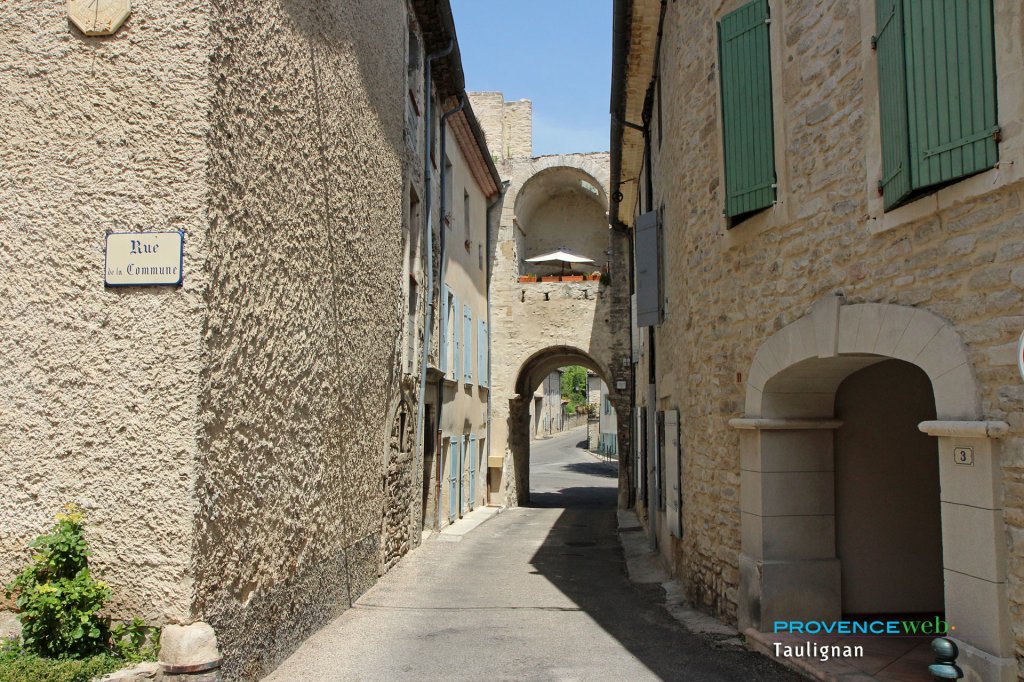
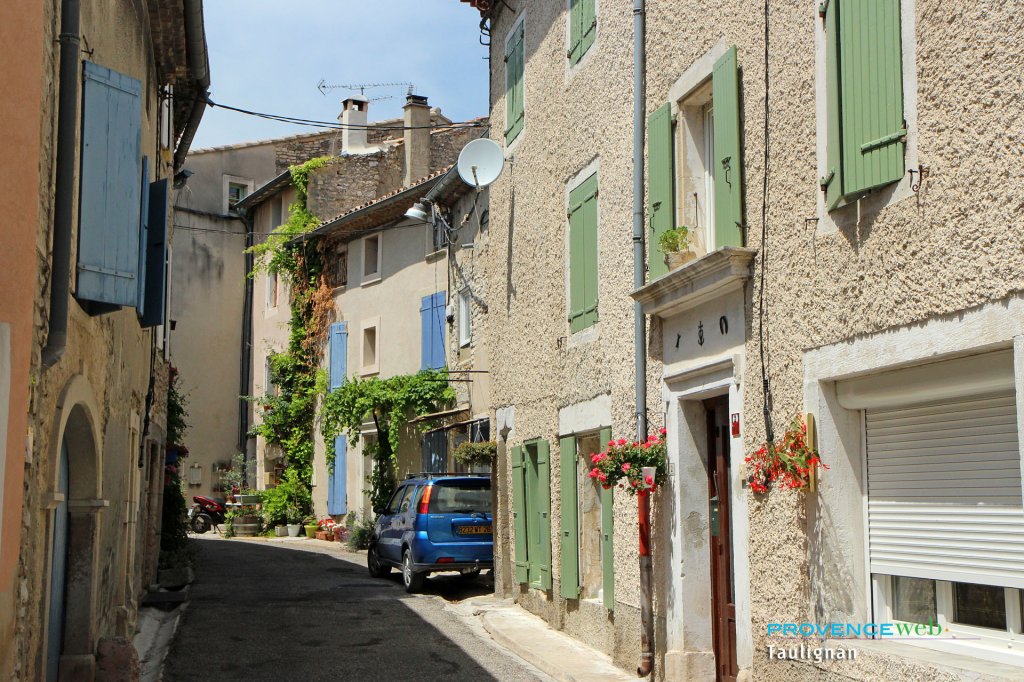
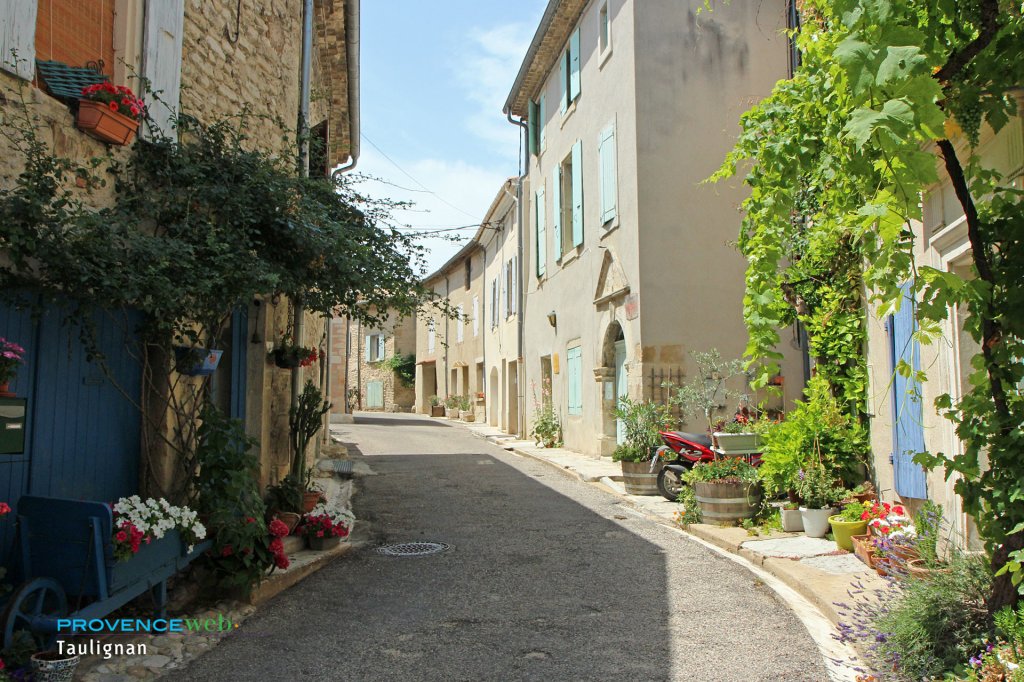
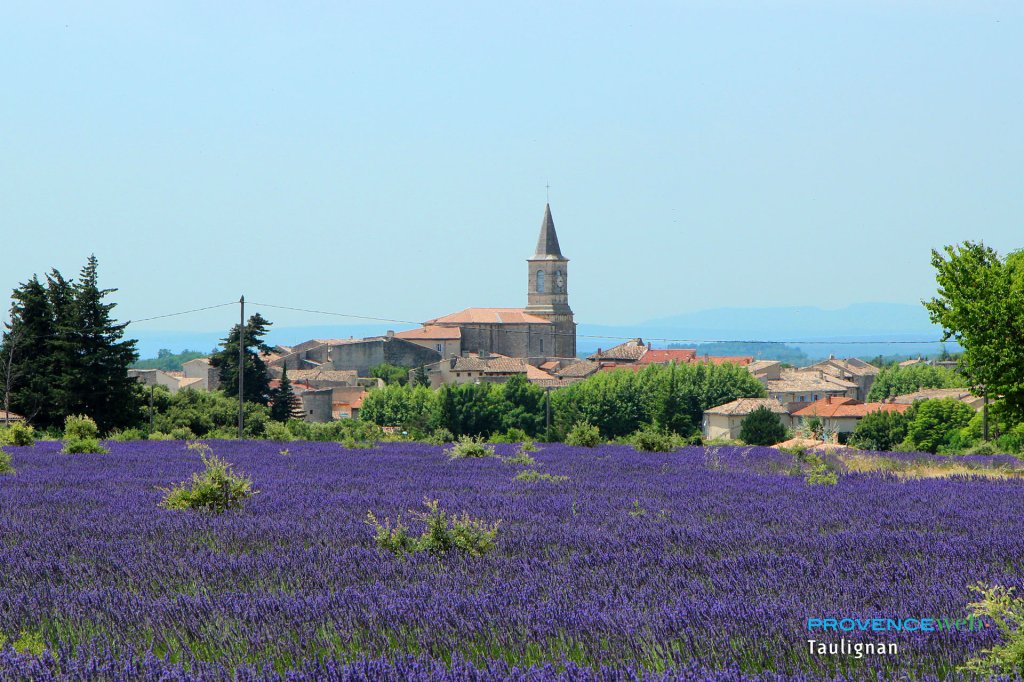
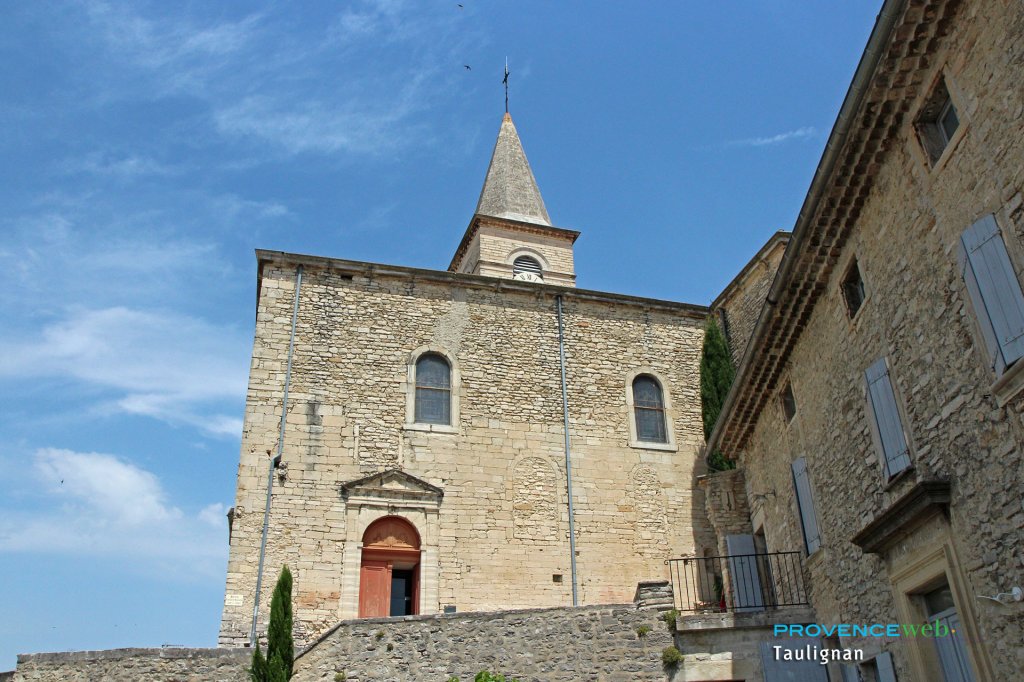
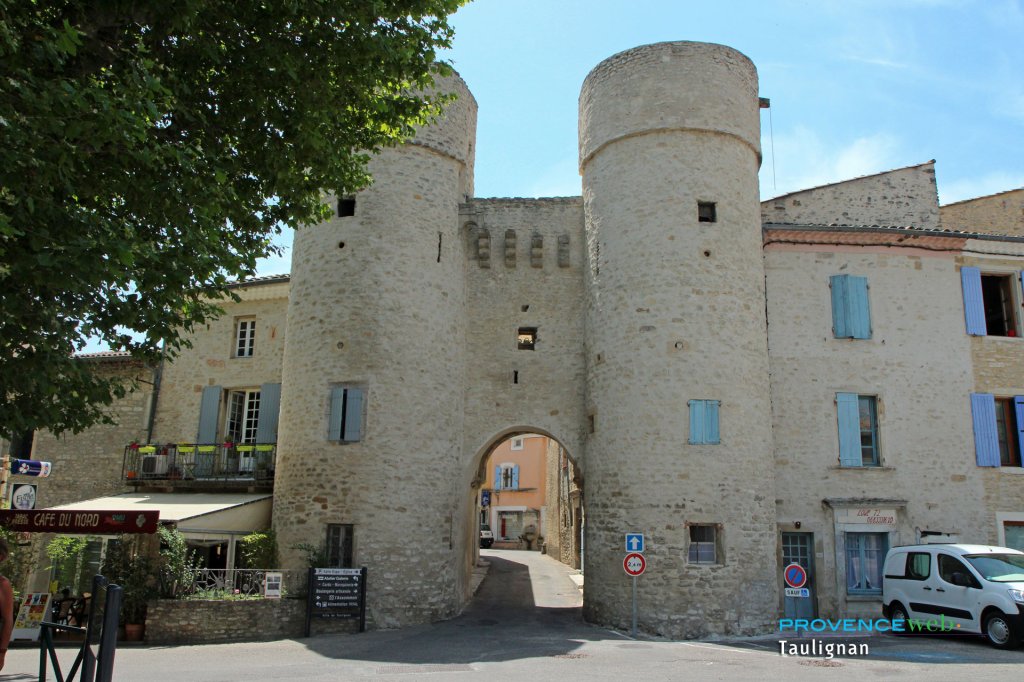
NEIGHBOURING TOWNS AND VILLAGES
Grignan (8km), Rousset-les-Vignes (8km), Valréas (8m) and Valaurie (16km).


